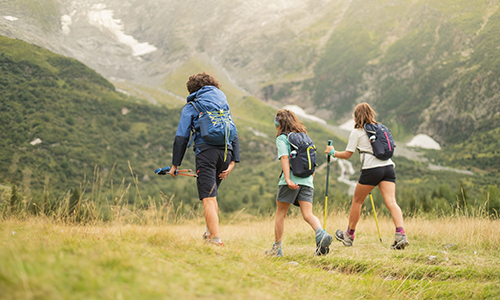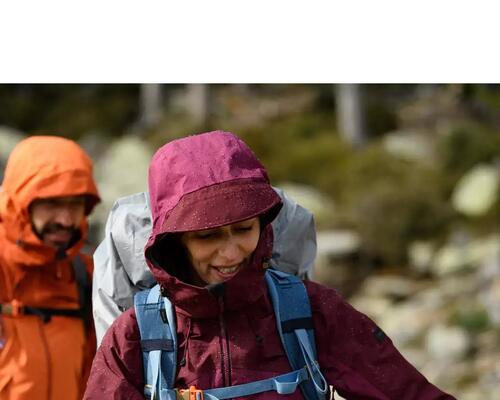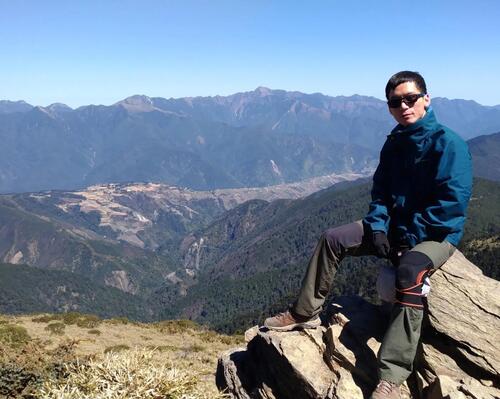1. Always try your shoes on before buying them, or at least before you go on your activity
Be it in a store, at home, or receiving an online order, always make sure that you try out your shoes.
Try them out on various surfaces such as on flat grounds, uphills and downhills (Decathlon Experience stores usually have test slopes or mini-routes where you can test your shoes out on different types of terrain).
If you are ordering online, try to give yourself some margin of safety in terms of the timeframe for exchanging them if you discover that the shoes you ordered are not suitable.
Also, never have your orders delivered to your holiday destination last minute!











